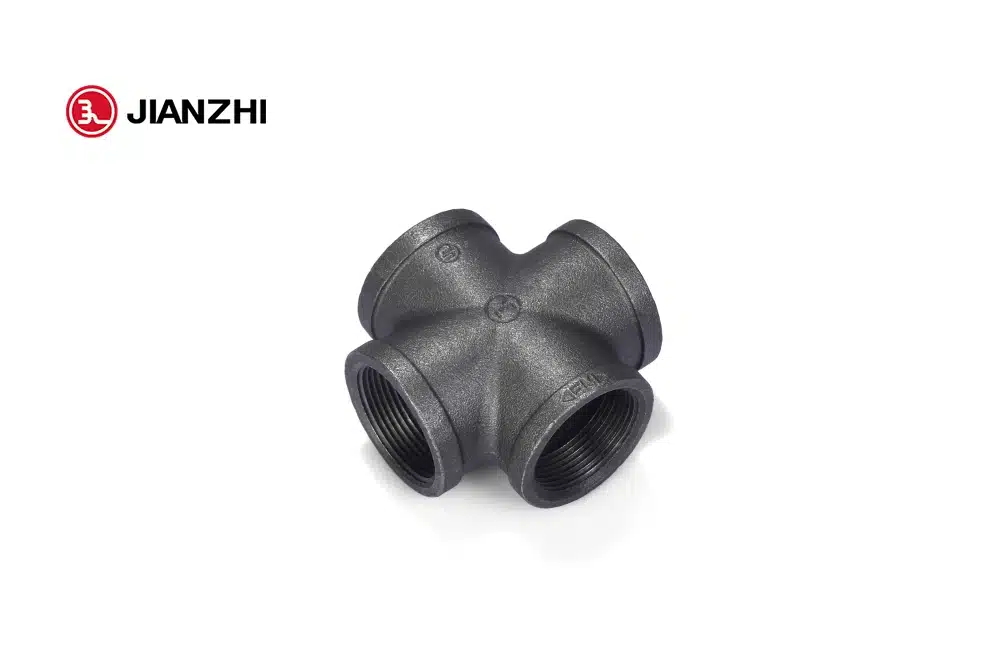The material composition of cross pipe fittings plays a significant role in determining their performance characteristics.
Here’s how different materials can affect the performance of cross pipe fittings:
- Strength and Durability: The material composition directly impacts the strength and durability of cross pipe fittings. Materials like stainless steel, brass, and carbon steel offer high tensile strength and durability, making them suitable for high-pressure and heavy-duty applications. On the other hand, materials like PVC or plastic may have lower strength and durability, limiting their use in demanding environments.
- Corrosion Resistance: Different materials have varying levels of resistance to corrosion and chemical degradation. Stainless steel and brass are highly corrosion-resistant materials, making them ideal for use in corrosive environments or with corrosive fluids. In contrast, materials like carbon steel may require additional coatings or treatments to enhance their corrosion resistance.
- Temperature Resistance: The material composition determines the temperature resistance of cross pipe fittings. Materials like stainless steel and brass offer excellent heat resistance, allowing them to withstand high temperatures without deformation or degradation. Conversely, materials like PVC or plastic may have lower temperature resistance and may deform or fail at elevated temperatures.
- Compatibility with Fluids: Certain materials may be more compatible with specific types of fluids or chemicals. For example, brass fittings are commonly used for potable water applications due to their compatibility with drinking water. cross pipe fitting Stainless steel fittings are often used in applications involving aggressive chemicals or high-purity fluids due to their inert nature.
- Cost and Availability: The cost and availability of materials can also impact the selection of cross pipe fittings. Common materials like stainless steel, brass, and carbon steel are readily available and relatively affordable, making them popular choices for a wide range of applications. Exotic materials or specialty alloys may be more expensive and less readily available, limiting their use to specific applications where their unique properties are required.
- Ease of Fabrication and Installation: The ease of fabrication and installation can vary depending on the material composition of cross pipe fittings. Materials like brass and stainless steel are generally easy to machine and weld, allowing for precise fabrication and seamless installation. Plastic materials may be easier to cut and install but may require specialized tools and techniques for proper assembly.
- Environmental Impact: The environmental impact of cross pipe fittings can be influenced by their material composition. Materials like PVC or plastic may raise concerns about environmental sustainability and recyclability, whereas materials like stainless steel or brass are more easily recyclable and may have a lower environmental footprint.
Overall, the material composition of cross pipe fittings significantly affects their performance in terms of strength, durability, corrosion resistance, temperature resistance, fluid compatibility, cost, ease of installation, and environmental impact. It’s essential to consider these factors carefully when selecting cross pipe fittings for specific applications to ensure optimal performance and longevity.
